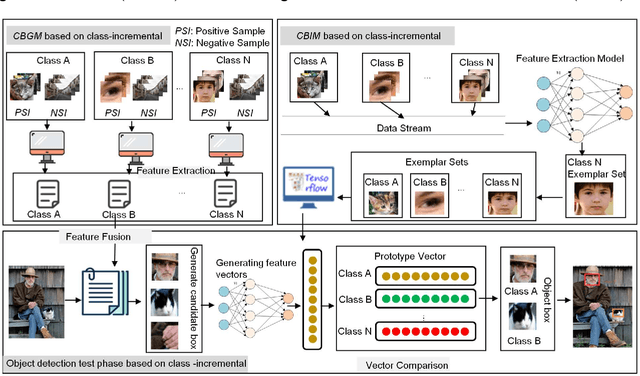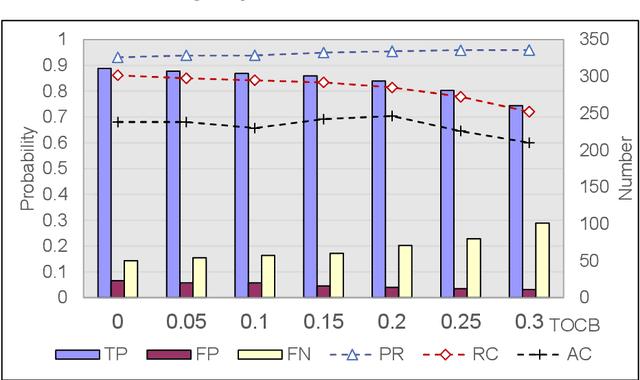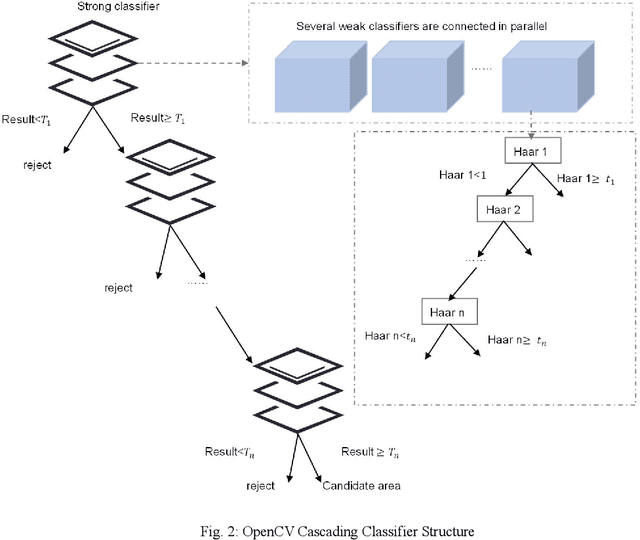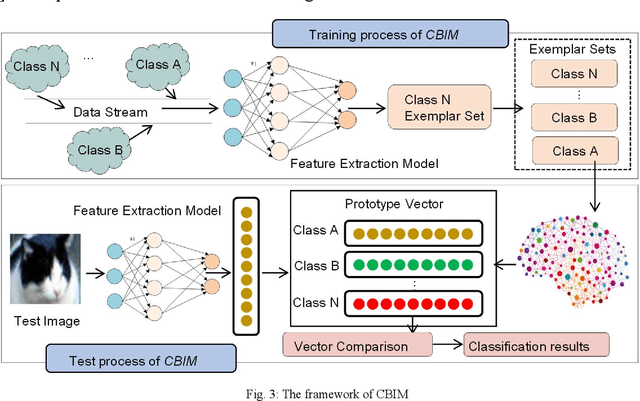Kehua Guo
Background Semantics Matter: Cross-Task Feature Exchange Network for Clustered Infrared Small Target Detection With Sky-Annotated Dataset
Jul 29, 2024



Abstract:Infrared small target detection poses unique challenges due to the scarcity of intrinsic target features and the abundance of similar background distractors. We argue that background semantics play a pivotal role in distinguishing visually similar objects for this task. To address this, we introduce a new task -- clustered infrared small target detection, and present DenseSIRST, a novel benchmark dataset that provides per-pixel semantic annotations for background regions, enabling the transition from sparse to dense target detection. Leveraging this dataset, we propose the Background-Aware Feature Exchange Network (BAFE-Net), which transforms the detection paradigm from a single task focused on the foreground to a multi-task architecture that jointly performs target detection and background semantic segmentation. BAFE-Net introduces a cross-task feature hard-exchange mechanism to embed target and background semantics between the two tasks. Furthermore, we propose the Background-Aware Gaussian Copy-Paste (BAG-CP) method, which selectively pastes small targets into sky regions during training, avoiding the creation of false alarm targets in complex non-sky backgrounds. Extensive experiments validate the effectiveness of BAG-CP and BAFE-Net in improving target detection accuracy while reducing false alarms. The DenseSIRST dataset, code, and trained models are available at https://github.com/GrokCV/BAFE-Net.
Towards Class-incremental Object Detection with Nearest Mean of Exemplars
Aug 19, 2020



Abstract:Object detection has been widely used in the field of Internet, and deep learning plays a very important role in object detection. However, the existing object detection methods need to be trained in the static setting, which requires obtaining all the data at one time, and it does not support training in the way of class-incremental. In this paper, an object detection framework named class-incremental object detection (CIOD) is proposed. CIOD divides object detection into two stages. Firstly, the traditional OpenCV cascade classifier is improved in the object candidate box generation stage to meet the needs of class increment. Secondly, we use the concept of prototype vector on the basis of deep learning to train a classifier based on class-incremental to identify the generated object candidate box, so as to extract the real object box. A large number of experiments on CIOD have been carried out to verify that CIOD can detect the object in the way of class-incremental and can control the training time and memory capacity.
 Add to Chrome
Add to Chrome Add to Firefox
Add to Firefox Add to Edge
Add to Edge